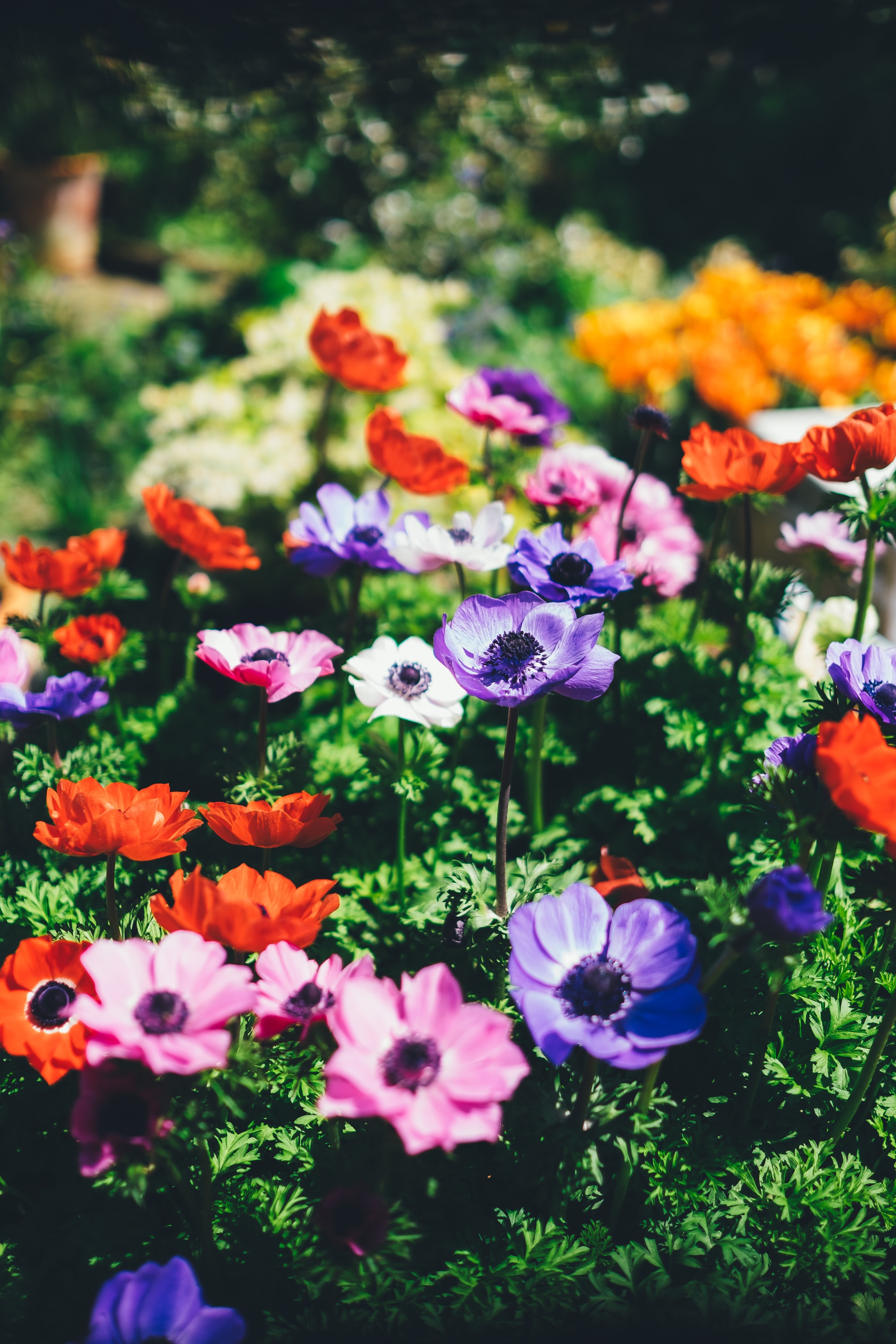Forty
- Judith Cox

- May 13, 2021
- 3 min read
Updated: May 15, 2021
Organizing your saved seeds, and getting ready to order seeds to start.
Greetings fellow gardeners,
It is hard to believe that this is issue number Forty! When I first started this, I thought that the world would be open again by January. I have really appreciated the support I have received from the gardening community.
Ah, January. The month of dreams. All the things we want to try, and all the catalogues with pictures and descriptions of success. I don’t usually rush my seed orders, but this year is different. I do not want to find that the seeds that I really need are gone. If there are seeds or plants you cannot live without, I suggest you order them now. Having ordered seeds for years, I firmly believe that the best way for success is to work from a plan. You need to have room and facilities to start some seeds early and be aware of the challenges of your own garden area.
Seeds you have collected
If you are unsure if your collected seeds are viable, there are some things that you can do to test for viability. If your seeds are larger, like beans or peas, you can put them in a pan of water and see if the seed sinks or floats. If it floats, it is probably not viable. You only do this right before you start the seed as once a seed is wet it needs to be planted. For tiny seeds I put a few on a damp paper towel and see if they germinate. Most seeds will be viable for two to five years if they are stored in a cool dark place. I usually do not start seeds in January although there are some slow-to-germinate perennials that are an exception. If you have collected seeds from hybrid plants, you need to be aware that the plants you get from these seeds may not look or taste like the original plant. This is also true of any seed you collected from grocery store fruits and vegetables. You will not get the original plant although what does show up is often very tasty.
Ordering seeds by mail
Most of you have probably received a number of catalogues in the mail or have ordered them or from them online. If possible, get someone to order with you so that you can split the shipping costs. The wonderful thing about catalogues is that you get lots of information. For example, the description will tell you how long the growing season is for your plant. It tells you the height and needs of the plant as well. There will be a sun, a half-sun or a black sun that indicates light requirements. Usually, it will say if it is recommended to start the seeds early or direct sow into the garden. It will have a P or A to indicate if it is perennial or annual and a B for biennial.
Buying seeds directly
One of my favourite seed companies, OSC, is readily available in nurseries. I prefer to buy my seeds from a nursery rather than a grocery store or big box store. Nurseries tend to have fresher seeds and they also have better storage strategies. There are seeds however like lettuce and marigolds that are so tough you can buy them at the dollar store! Delicate seeds like tomatoes should be chosen with care.
So, the experiment with lettuce. You can see that my lettuce in water is now ready to harvest, while the pot I planted with seeds has nothing. I was curious about that. Was the seed not viable or did I make some sort of mistake? Well duh. I planted the seeds and put the pot on the cold shelf under lights without a plastic cover to retain some of the heat. So, I will try again, and, in the meantime, I can eat the lettuce that has already grown!

Lettuce (Leo helped take the picture)
The cold is coming in and it is, once again, time to get some wood for the stove. So, get your seeds and keep warm!
Judith (Email: lapisdragonarts@gmail.com)
All Veggie Bites are available at the SGHS website: (https://sites.google.com/site/sghortsoc/)



Comments